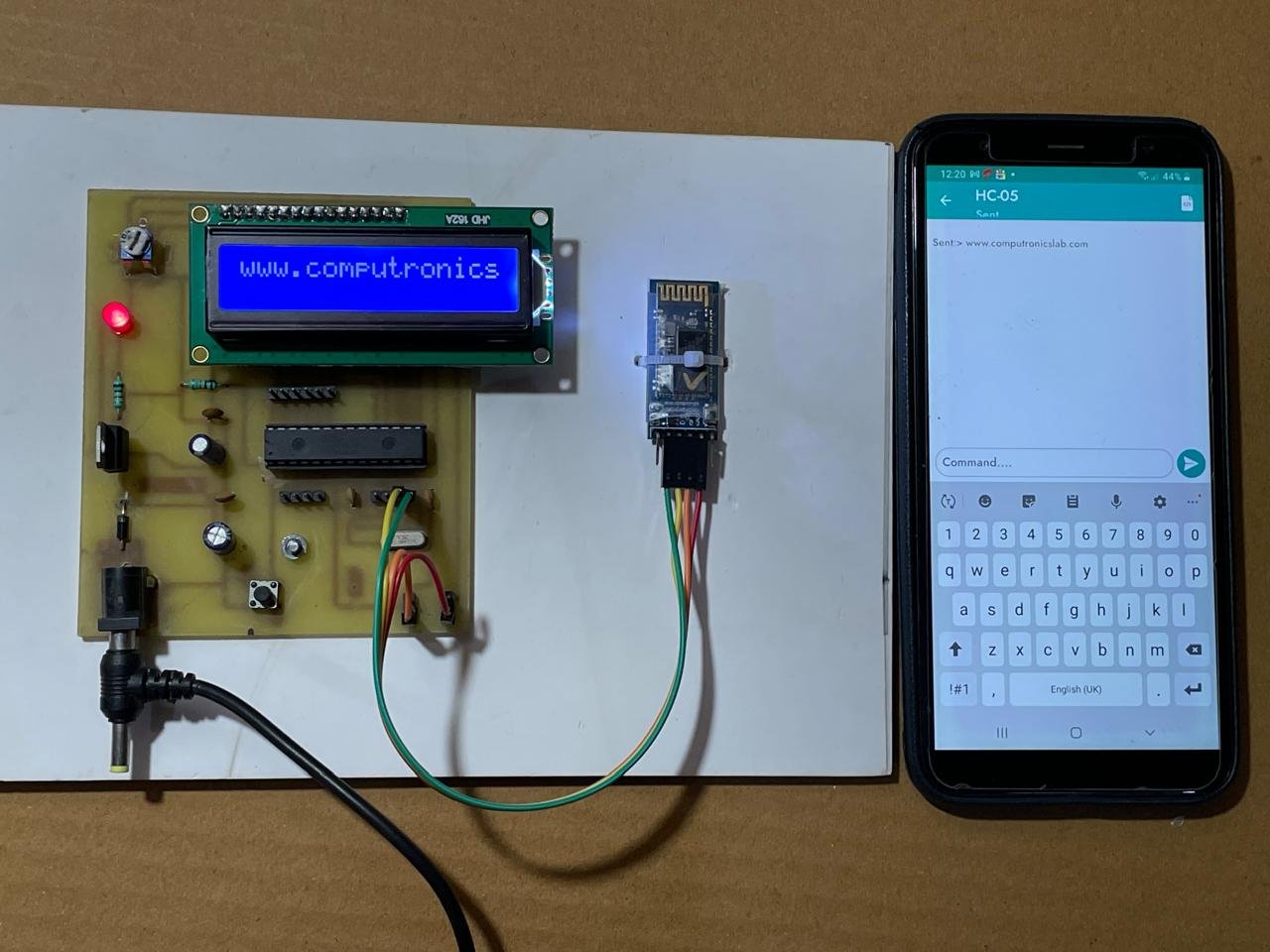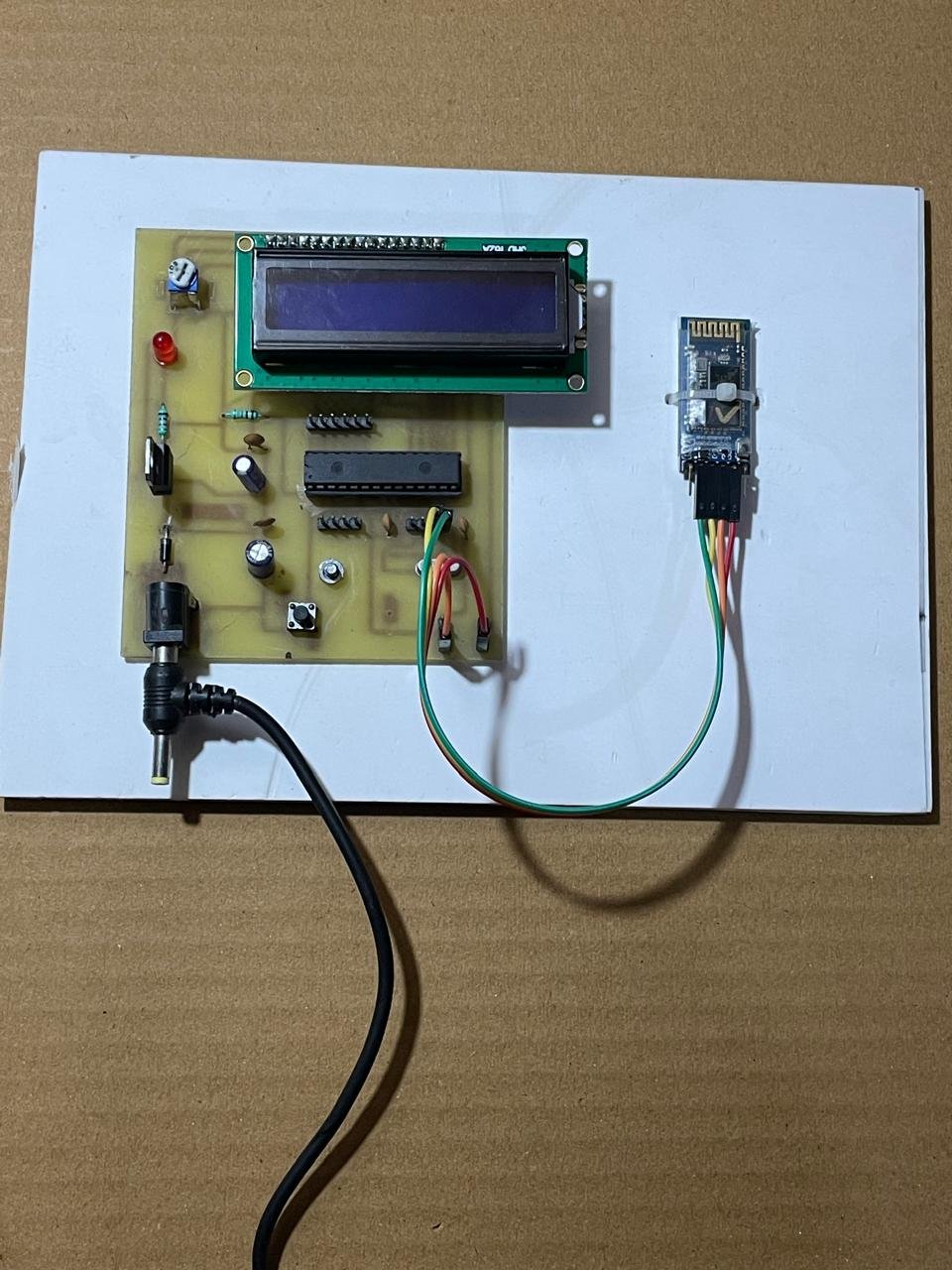Wireless Notice Board using ATmega328
1 in stock
₹2,950.00 ₹3,776.00 (Incl. GST)
1 in stock
Wireless Notice Board using ATmega328
A Wireless Notice Board using the ATmega328 microcontroller, an LCD, and Bluetooth technology is an innovative project designed to display messages remotely via wireless communication. This system is particularly useful in environments where frequent and immediate updates are necessary, such as in schools, offices, or public spaces. Below is an overview of the project components and how it works:
Key Components:
- ATmega328 Microcontroller:
- The ATmega328 is a popular 8-bit microcontroller, widely known for its use in Arduino boards. It features 32KB of flash memory, 2KB of SRAM, and 1KB of EEPROM, making it well-suited for managing the functions of a wireless notice board. In this project, the ATmega328 processes incoming data, controls the LCD, and handles communication with the Bluetooth module.
- LCD Display:
- The LCD (Liquid Crystal Display) is the primary output device used to display messages. Commonly, a 16×2 or 20×4 character LCD is used, which can show short text messages clearly and legibly. The LCD is connected to the ATmega328, which sends it the necessary commands and data to display the text received wirelessly.
- Bluetooth Module:
- A Bluetooth module like the HC-05 or HC-06 enables wireless communication between the microcontroller and a Bluetooth-enabled device such as a smartphone, tablet, or computer. This module receives text messages sent from the paired device and relays them to the ATmega328 via UART (Universal Asynchronous Receiver/Transmitter) communication.
Working Principle:
The Wireless Notice Board system functions by allowing users to send messages from a Bluetooth-enabled device to the notice board. Here’s how it works step-by-step:
- Sending Messages: A user types a message on a Bluetooth-enabled device and sends it to the Bluetooth module connected to the ATmega328 microcontroller.
- Receiving Data: The Bluetooth module receives the message and transmits it to the ATmega328 microcontroller.
- Processing the Message: The ATmega328 processes the received data and formats it for display on the LCD.
- Displaying the Message: The formatted text is sent to the LCD, where the message is displayed in real-time.
This process allows for instant updates on the notice board, with messages being displayed as soon as they are sent from the controlling device.
Applications:
- Educational Institutions: Ideal for displaying announcements, schedules, and notices in schools and universities, allowing for quick updates.
- Corporate Offices: Useful for conveying important information, alerts, or meeting reminders to employees.
- Public Spaces: Suitable for displaying public announcements, advertisements, or emergency messages in areas such as malls, airports, and train stations.
Advantages:
- Remote Updates: The ability to update the notice board from a distance using a Bluetooth-enabled device makes it highly convenient and time-saving.
- Real-Time Information: Messages can be updated instantly, ensuring that the displayed information is always current.
- Cost-Effective: Using an ATmega328 microcontroller keeps the system affordable while still providing robust functionality.
Conclusion:
The Wireless Notice Board using ATmega328, LCD, and Bluetooth is a practical and efficient solution for dynamic information display. Its combination of microcontroller technology and wireless communication provides a modern, flexible way to manage and disseminate information across various settings. Whether for educational, corporate, or public use, this system enhances communication by making it easy to update notices in real-time, from anywhere.






